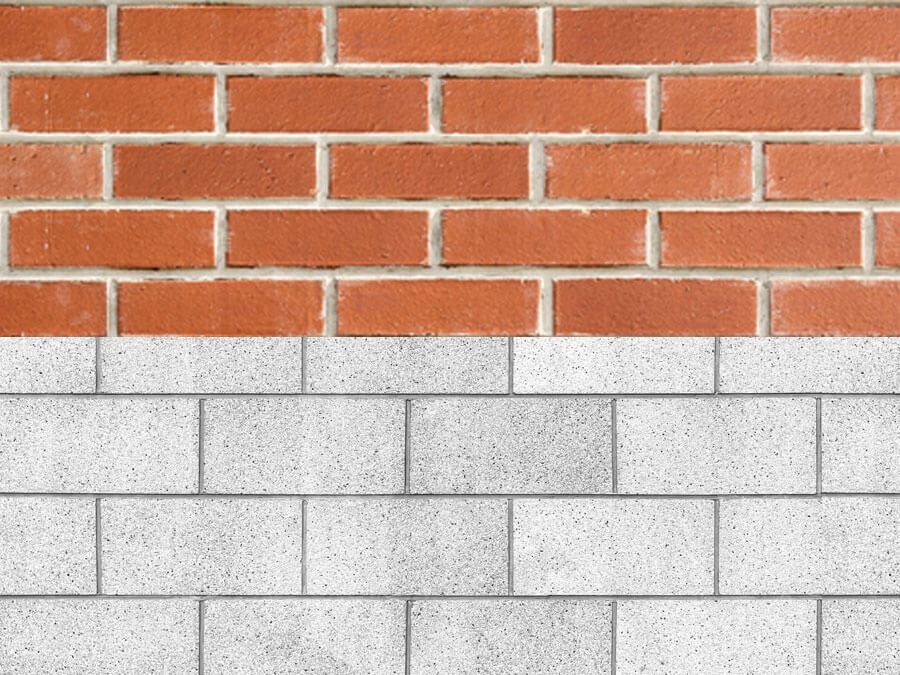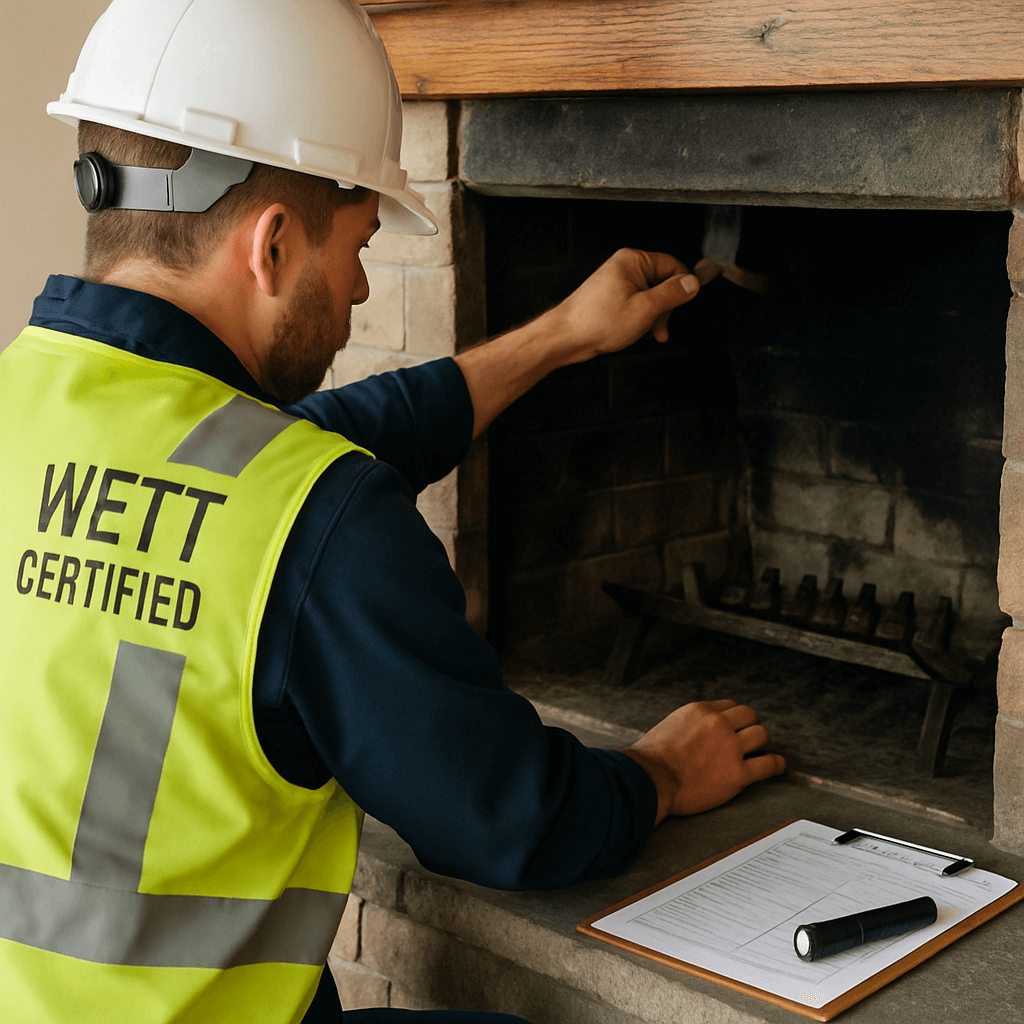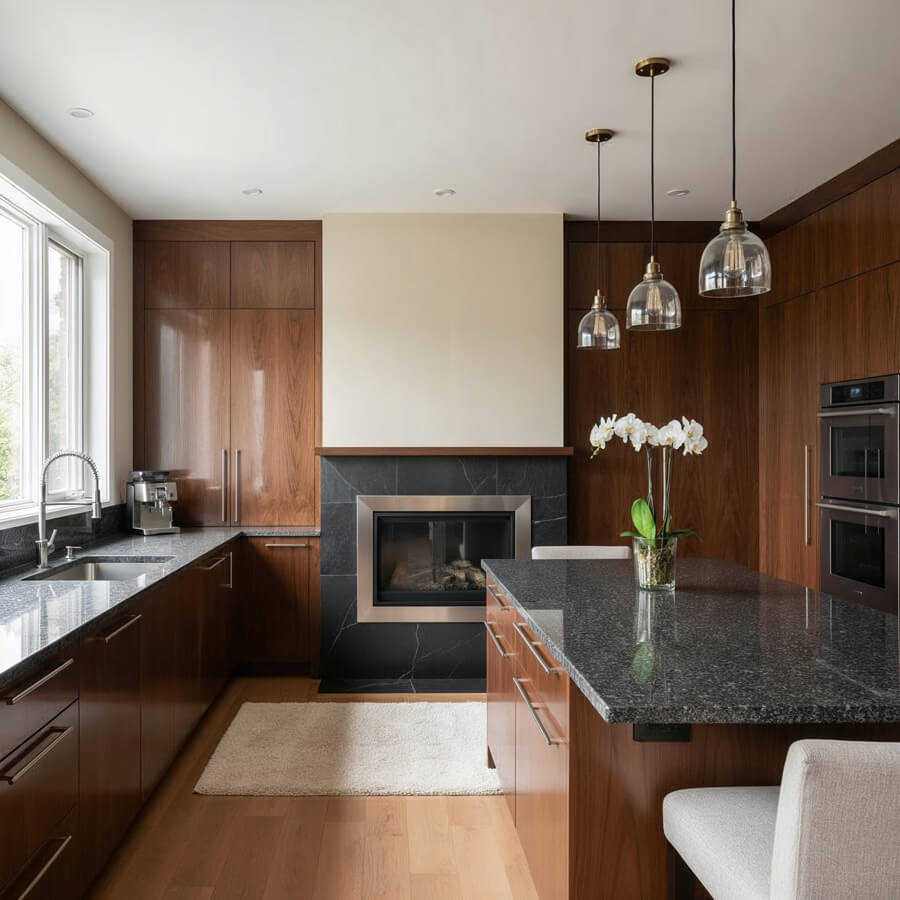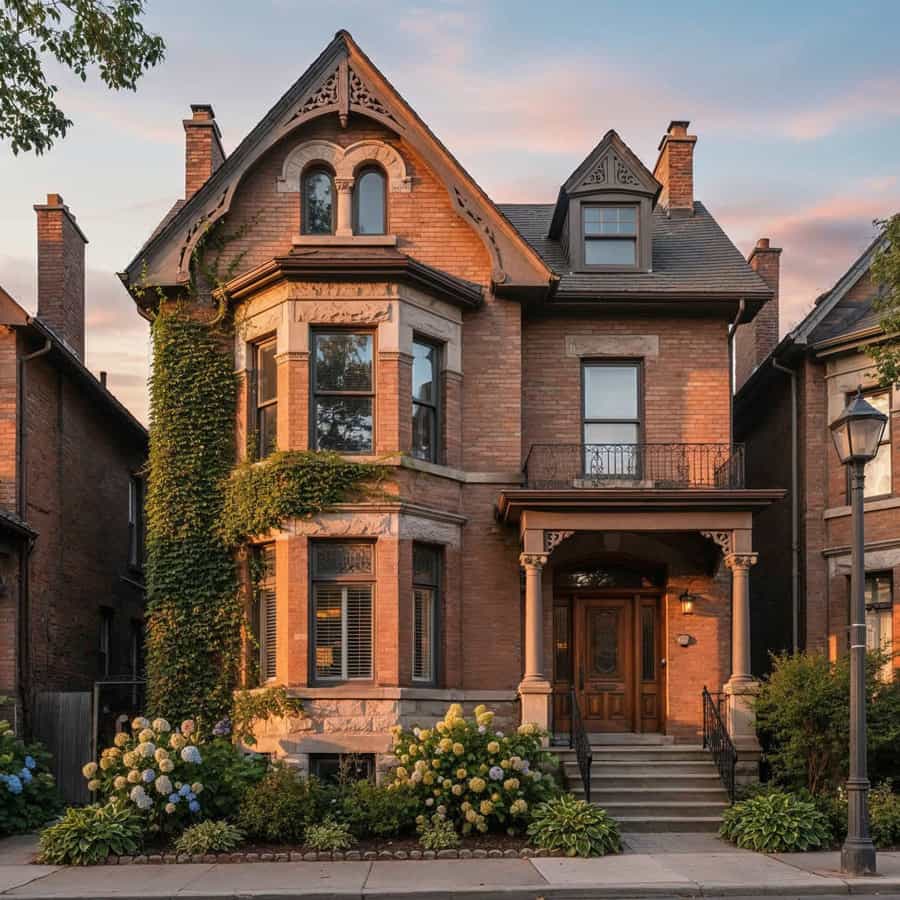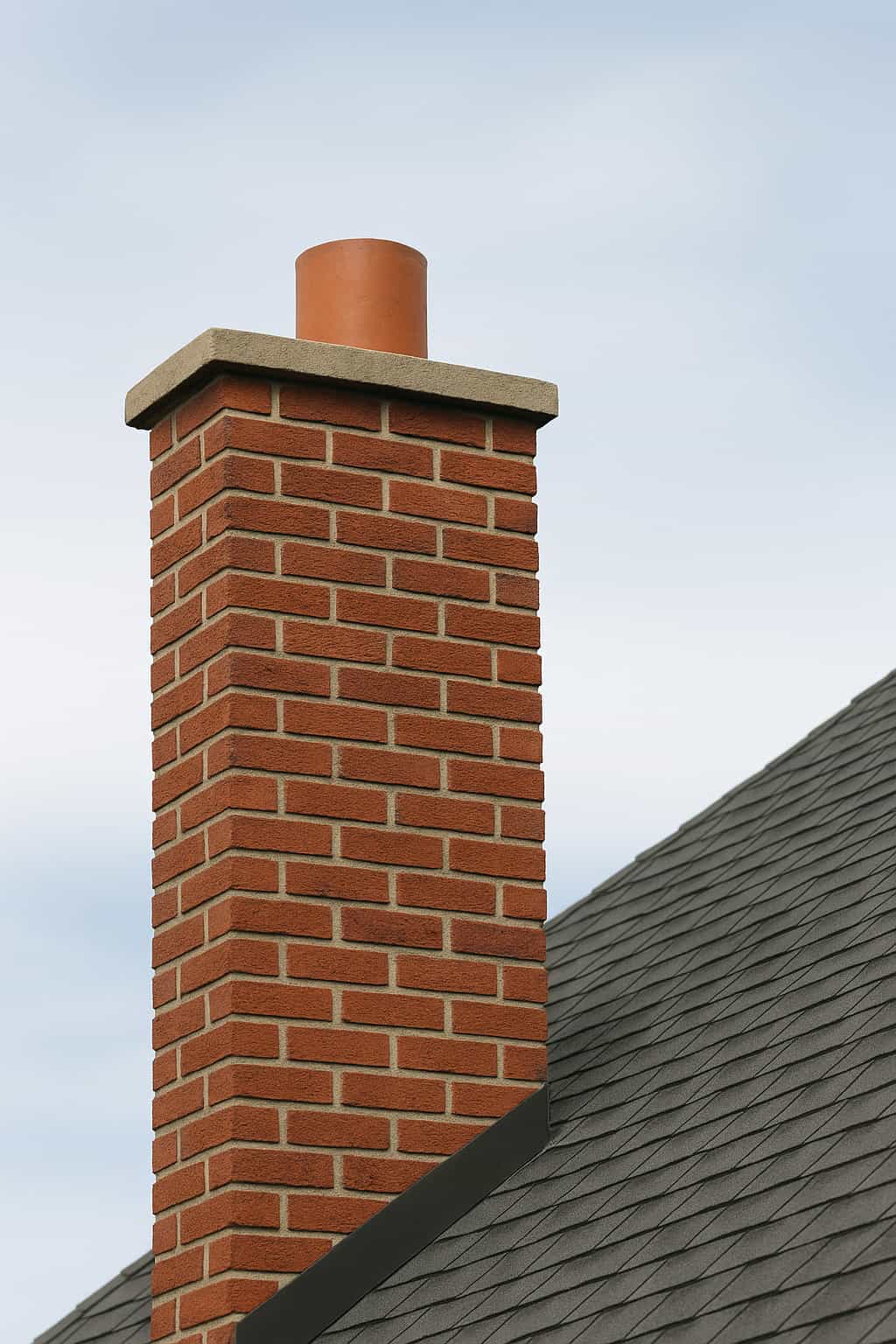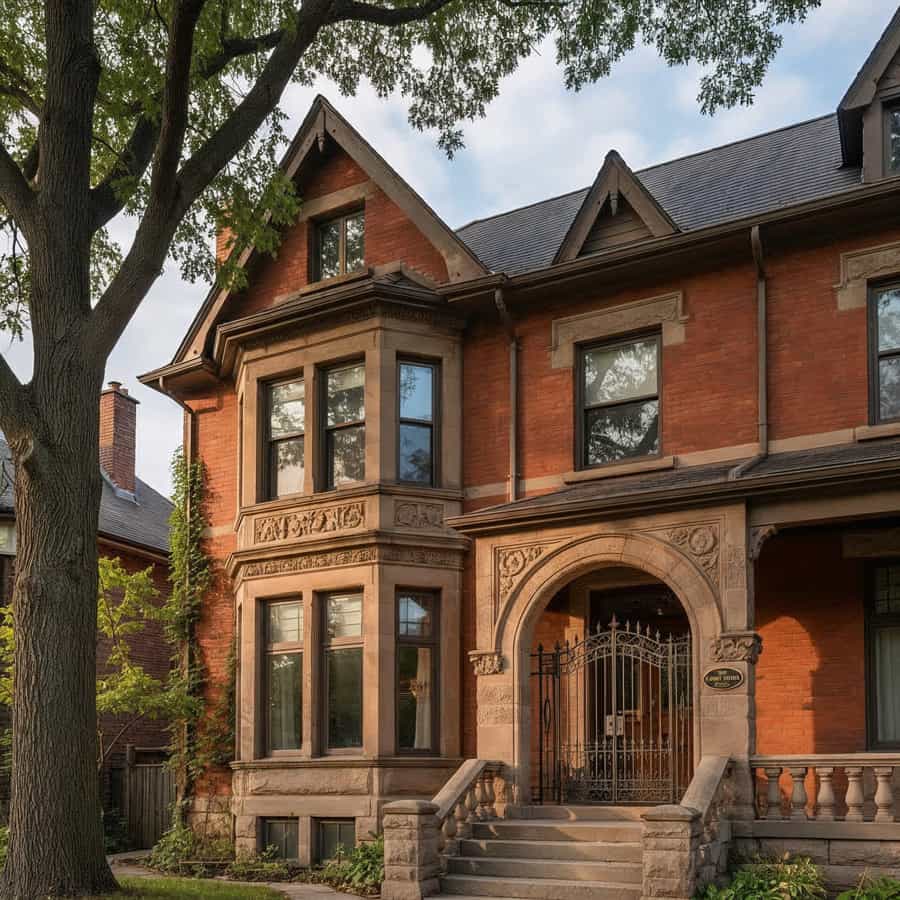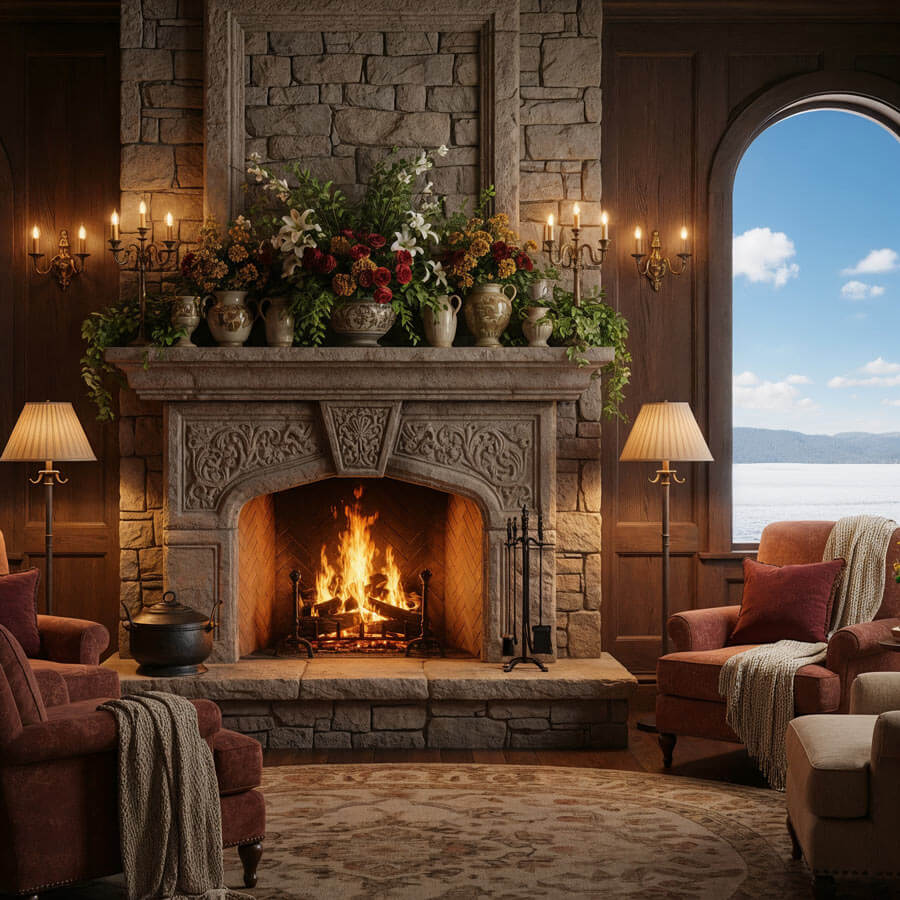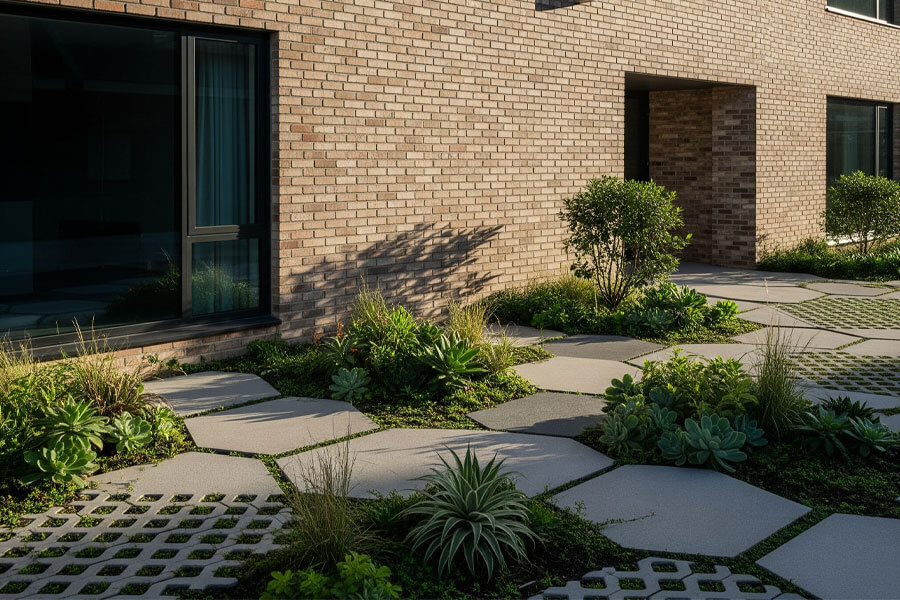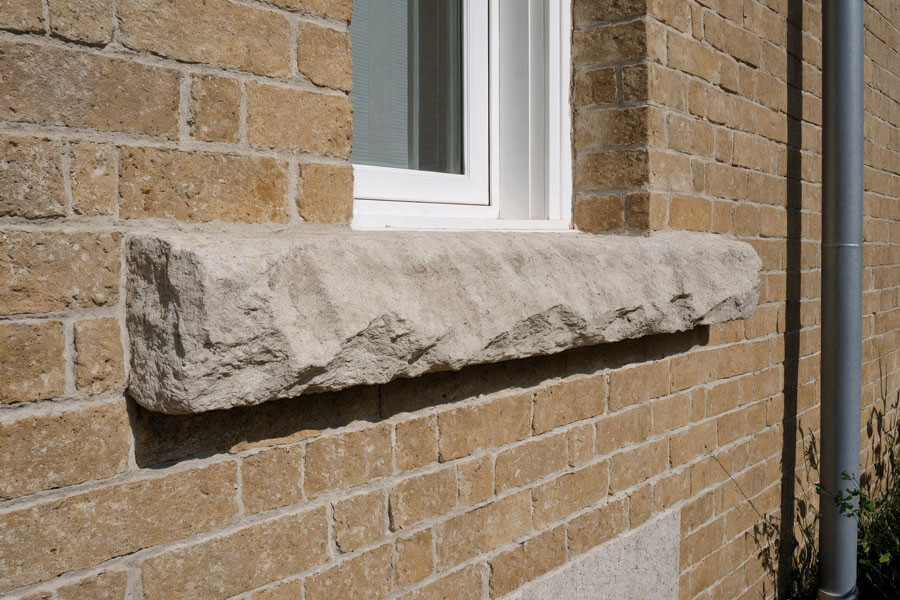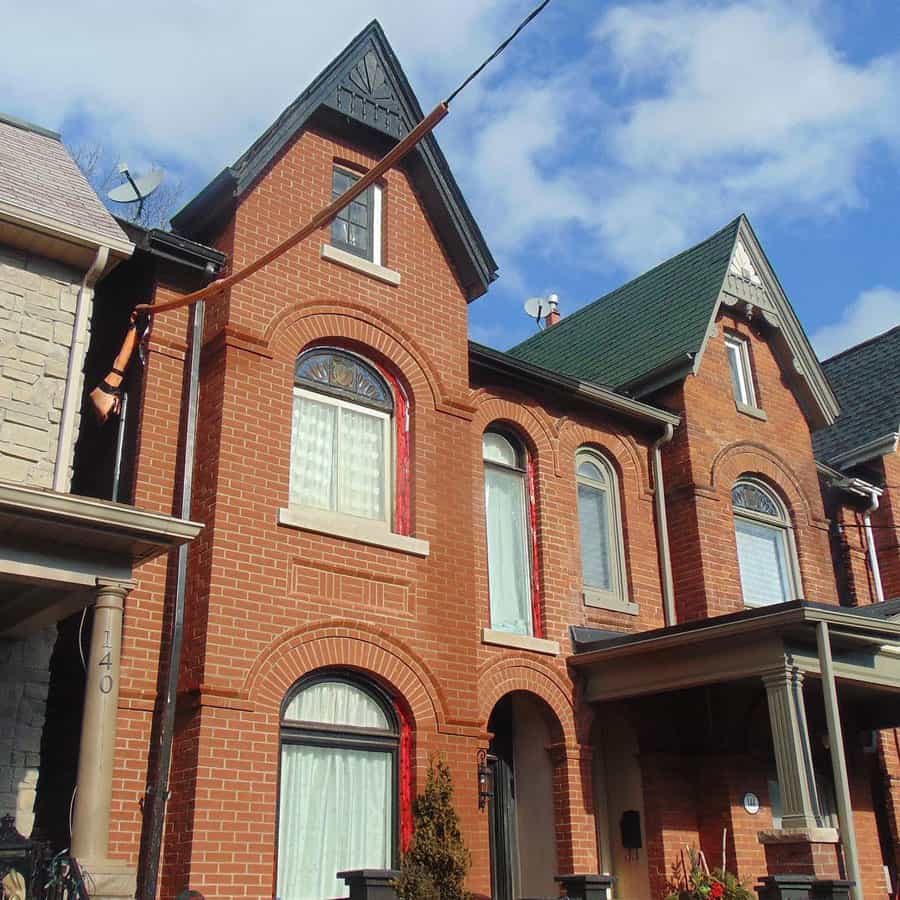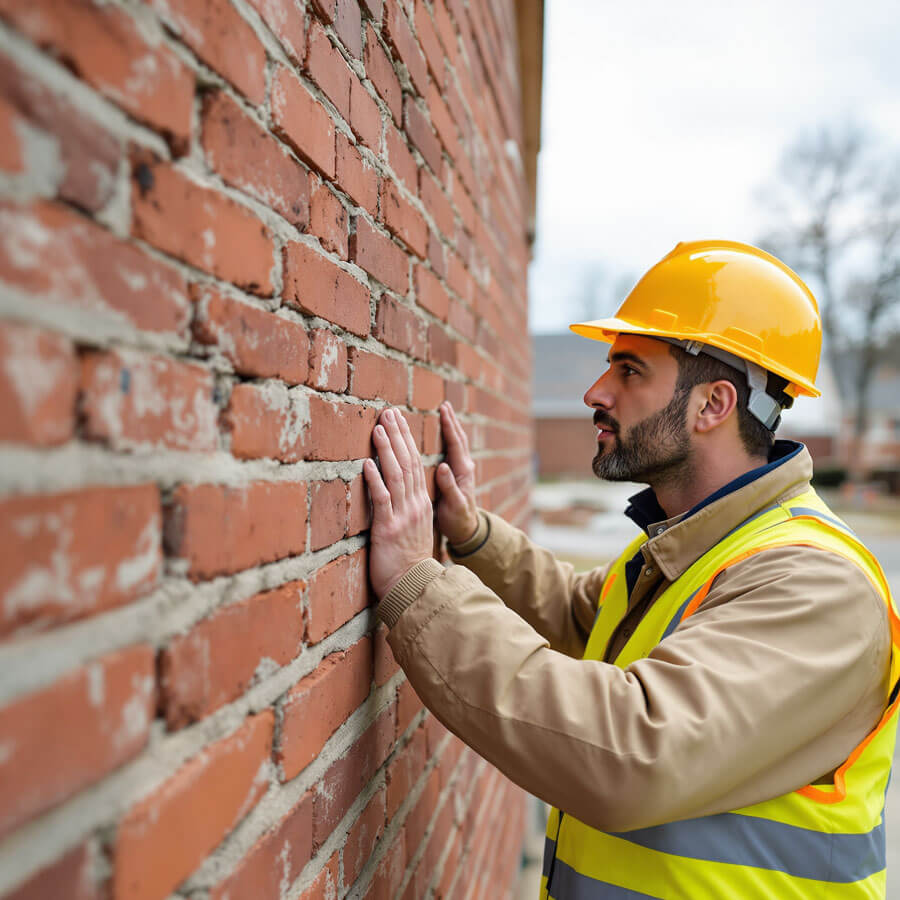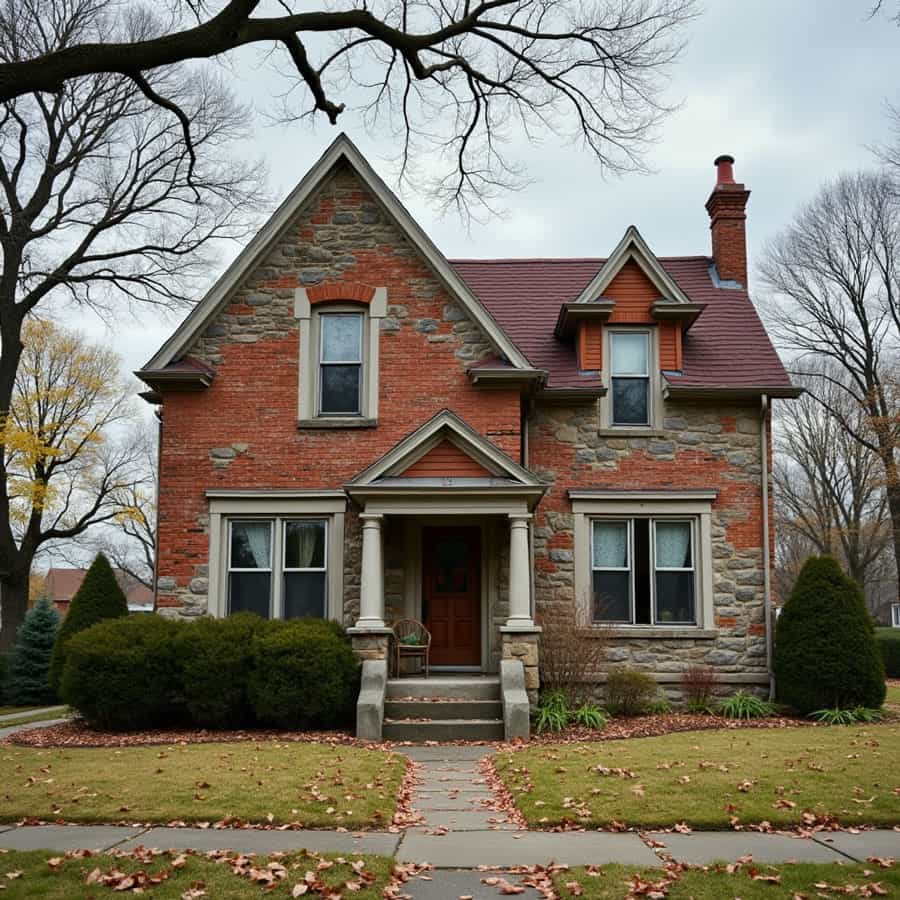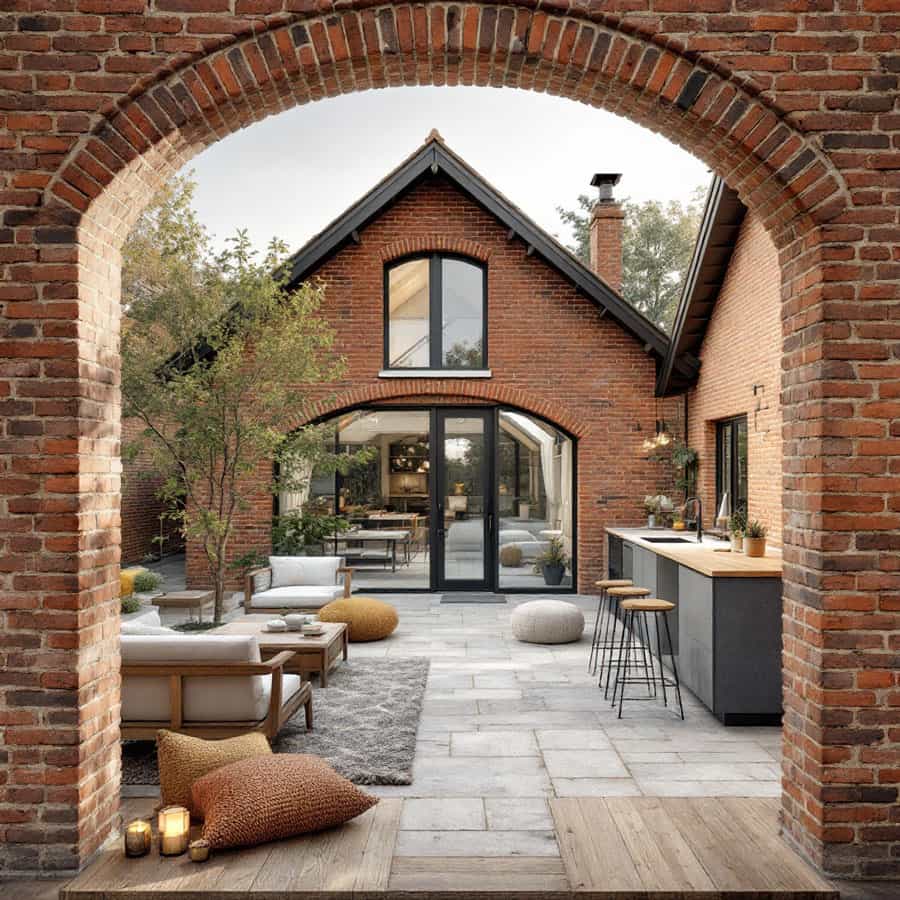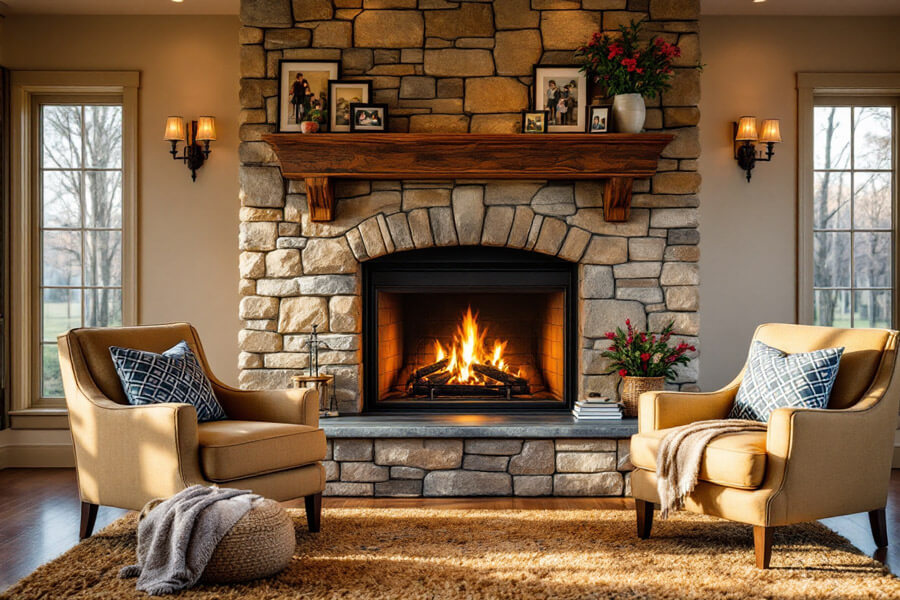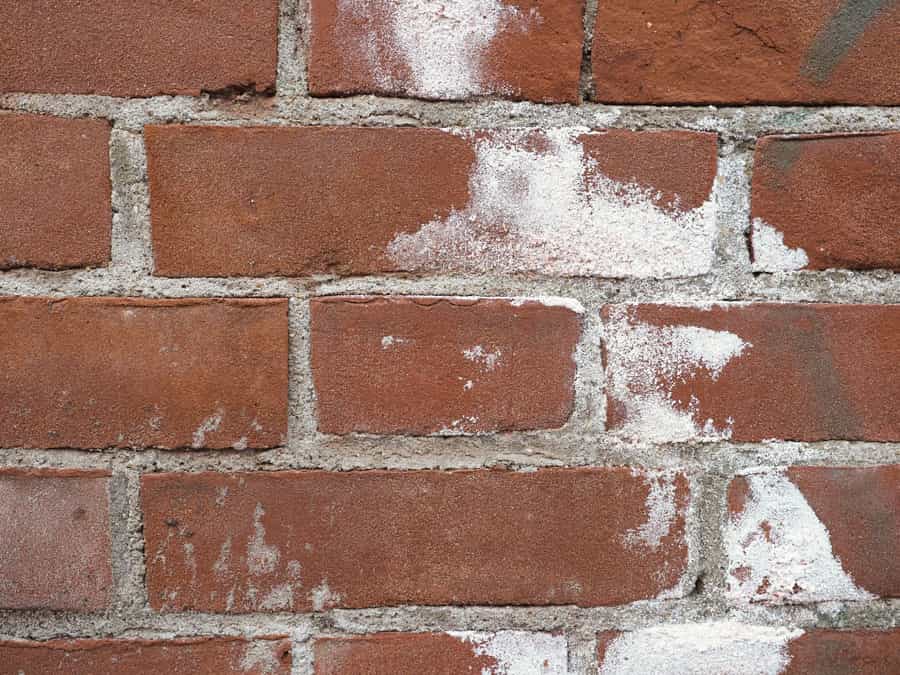Introduction
The Foundation of Construction: Clay and Concrete Bricks
When it comes to the world of construction, few materials are as time-honored and reliable as clay bricks and concrete bricks. These staples of brickwork have stood the test of time, providing strength, durability, and aesthetic appeal to buildings of all shapes and sizes.
Many homeowners and builders find themselves at a crossroads when choosing between clay and concrete bricks. This choice can significantly impact not just the structure but also the environment, long-term maintenance, and overall satisfaction with the result.
Consider this: a friend of mine recently renovated a historic home, where the decision to use clay bricks was pivotal. Not only did they complement the home’s rich character, but they also improved energy efficiency.
Here are a few points to consider regarding these materials:
- Aesthetic Versatility: Both brick types offer various colors and textures.
- Structural Integrity: They provide excellent support for any design.
- Sustainability: Understanding environmental impacts is crucial.
As we delve deeper into each aspect of clay and concrete bricks, it’s enlightening to discover just how much these materials influence construction projects.
Composition and Manufacturing Process
Understanding the Ingredients
To make informed decisions about building materials, it’s essential to explore the composition and manufacturing processes of clay bricks and concrete bricks. Each type possesses unique qualities rooted in its ingredients and production methods.
For clay bricks, the primary ingredient is—surprise! —natural clay, which is blended with water and other additives. The mixture is then shaped into bricks and subjected to high temperatures in a kiln. This process leads to:
- Low Shrinkage: Ensures dimensions are maintained post-firing.
- High Durability: Creates a dense product that withstands weather.
On the other hand, concrete bricks are made from a mixture of cement, water, and aggregates like sand or gravel. The manufacturing process involves:
- Mixing: Combining ingredients to achieve the desired consistency.
- Molding: Pouring the mixture into molds for shaping.
- Curing: Allowing the bricks to harden under controlled conditions.
In my experience working on a community project, we opted for concrete bricks, finding their uniformity and structural rigidity particularly suitable for our purposes. Understanding these processes not only aids in choice but also highlights the environmental implications of each brick type.
Strength and Durability Assessment
Evaluating Longevity and Resilience
Now that we understand how clay and concrete bricks are made, it’s important to delve into their strength and durability. After all, a building stands only as firmly as the materials that comprise it.
Clay bricks are renowned for their impressive compressive strength, which can withstand significant loads. Their durability is further enhanced by their resistance to fire and rot. A personal experience with an old community center built with clay bricks has shown me firsthand their ability to endure harsh weather conditions over decades—no cracks or significant wear.
In contrast, concrete bricks often capture attention with their superior resistance to moisture and pests. Here are some standout features:
- Clay Bricks:
- Excellent thermal insulation.
- Lasting structural integrity.
- Concrete Bricks:
- Higher moisture resistance.
- Versatile strength, ideal for various applications.
Understanding these strengths helps builders choose the right materials based on anticipated use, ensuring long-lasting structures that can truly withstand the test of time.
Environmental Considerations
The Eco-Friendly Factor
As we continue exploring the differences between clay and concrete bricks, it’s essential to consider the environmental implications of each material. Sustainability is becoming a top priority in construction, influencing builder and homeowner choices alike.
Clay bricks, crafted from natural earth materials, generally have a lower carbon footprint. However, the energy-intensive firing process in kilns can produce emissions. On the other hand, concrete bricks are made from abundant resources, but the production of cement—one of their primary ingredients—can be quite energy-consuming.
Here are some key points to ponder:
- Clay Bricks:
- Biodegradable and recyclable.
- Lower emissions during production, but high kiln energy use.
- Concrete Bricks:
- Made from recycled aggregates, contributing to sustainability.
- High carbon emissions during cement production.
I recently spoke with a contractor who shared how using reclaimed materials in concrete bricks positively impacted a project’s green certification. These considerations not only affect construction choices but also shape the future of sustainable building practices.
Cost Analysis and Maintenance
Budgeting for Bricks: A Smart Approach
Transitioning from environmental considerations, it’s vital to analyze the cost implications and maintenance needs of clay and concrete bricks. Choosing the right material should align not only with quality and aesthetics but also with your budget.
Clay bricks typically come at a higher initial purchase price due to their energy-intensive manufacturing process. However, they can save money in the long run thanks to their durability. On the flip side, concrete bricks often have a lower upfront cost, making them more appealing for budget-conscious projects.
Key considerations include:
- Clay Bricks:
- Higher initial investment but lower maintenance costs.
- Long lifespan reduces need for replacement.
- Concrete Bricks:
- More affordable initially yet might require additional sealing or treatments.
- Potential for cracking in extreme weather, which could increase repair costs.
In my friend’s renovation project, they opted for clay bricks, knowing that the initial expenditure would be offset by longevity and minimal upkeep. Understanding these costs can provide clarity to homeowners and builders when selecting the best option for their needs.
Aesthetics and Design Options
Choosing the Right Look for Your Build
As we shift from cost and maintenance to aesthetics, it becomes clear that the visual appeal of clay and concrete bricks can significantly influence design choices. Both materials offer unique qualities that can enhance the overall character of a structure.
Clay bricks often feature rich, earthy tones and textures that can evoke a rustic or traditional feel. This timeless quality makes them ideal for historical restorations or charming homes. My neighbor recently used clay bricks to create a stunning outdoor fireplace, and the vibrant hues truly elevate the backyard’s ambiance.
Conversely, concrete bricks provide a modern aesthetic with a more industrial vibe. Their versatility allows for a wide range of finishes and colors. Here’s a glance at some design options:
- Clay Bricks:
- Available in various colors and textures.
- Suitable for classic styles and intricate patterns.
- Concrete Bricks:
- Options for surface treatments like stamping or painting.
- Ideal for contemporary designs and innovative architecture.
Ultimately, the choice between clay and concrete bricks will depend on the desired aesthetic and how it fits within the larger vision for the project. Balancing beauty and function are key to creating a stunning and lasting structure.
Application and Suitability
Finding the Right Fit for Your Project
With aesthetics in mind, it’s essential to explore the application and suitability of clay and concrete bricks for various construction projects. Understanding the intended use of each material will help ensure that your structure is not only beautiful but also functional and durable.
Clay bricks excel in applications that require traditional charm and insulation properties. They are perfect for residential homes, outdoor features like patios, and historic restorations where authenticity is paramount. A friend of mine chose clay bricks for their house façade, and the result was a timeless look that beautifully blended with the neighborhood.
On the other hand, concrete bricks shine in modern commercial projects and high-rise buildings. Their uniformity and strength make them suitable for retaining walls, foundations, and areas exposed to extreme weather. Consider these applications:
- Clay Bricks:
- Ideal for residential buildings and decorative elements.
- Suitable for climates with moderate temperatures.
- Concrete Bricks:
- Perfect for industrial and commercial structures.
- Great for any environment requiring moisture and pest resistance.
Choosing the right material based on application ensures longevity and satisfaction, reflecting the builder’s vision and goals.
Performance in Various Climate Conditions
Adapting to the Elements
As we delve deeper into the suitability of clay and concrete bricks, considering their performance in different climate conditions is crucial. Each material behaves uniquely when faced with temperature fluctuations, humidity levels, and exposure to harsh weather.
Clay bricks are particularly adept in moderate climates. They offer excellent thermal insulation, helping retain warmth in winter and coolness in summer. However, in areas with high moisture levels, they may be prone to efflorescence, which can detract from their aesthetic. I once visited a historic building in a humid region where clay bricks had developed a white powdery surface, serving as a reminder of the climate’s impact.
Conversely, concrete bricks perform exceptionally well in harsher environments. They resist moisture and pests, making them an excellent choice for coastal areas or regions prone to rain and snow. Consider the following:
- Clay Bricks:
- Best suited for moderate climates with dry conditions.
- Requires proper sealing and maintenance in humid areas.
- Concrete Bricks:
- Ideal for wet and extreme climates due to their durability.
- Minimal maintenance needed to prevent damage.
Selecting the right brick material ensures resilience against climate factors, contributing to the longevity and integrity of your build.
Case Studies and Real-World Examples
Learning from Successful Projects
Now that we’ve explored how clay and concrete bricks perform in various climates, it’s enlightening to look at real-world examples and case studies that showcase their strengths and applications. These stories illustrate how thoughtful material choices can lead to successful outcomes in construction.
One notable case is the iconic Brutalist building, the Boston City Hall, constructed with concrete bricks. The structure is a testament to how concrete’s durability and low maintenance can yield a long-lasting public asset, withstanding the harsh New England weather.
On the other hand, consider the renovation of the historic Alamo in San Antonio, Texas. Here, clay bricks were carefully selected to match the original structure, preserving its aesthetic while ensuring durability. This project exemplifies how clay bricks can enhance historical authenticity.
Key takeaways from these examples include:
- Concrete: Suited for modern design and industrial applications with minimal upkeep.
- Clay: Ideal for restoration projects, providing both beauty and resilience.
These case studies reflect the importance of aligning material selections with project goals, ensuring both functionality and visual appeal in the completed structure.
Conclusion and Recommendations
Making the Right Choice for Your Project
As we wrap up our exploration of clay and concrete bricks, it’s clear that both materials have unique advantages tailored to specific applications. Each option offers distinct benefits in terms of aesthetics, durability, and environmental considerations, making it imperative to align your choice with your project’s needs.
Reflecting on my own experiences, I’ve witnessed homes flourish with clay bricks, capturing timeless beauty, while modern structures thrive with the strength and versatility of concrete.
Here are some final recommendations to guide your decision:
- Choose Clay Bricks for:
- Traditional or historic designs where aesthetics play a crucial role.
- Moderate climates where insulation properties shine.
- Opt for Concrete Bricks for:
- Commercial projects needing durability and moisture resistance.
- Areas exposed to extreme weather conditions.
Ultimately, understanding the characteristics of both materials empowers builders, architects, and homeowners to make informed choices that enhance both functionality and visual appeal, ensuring lasting satisfaction with their structures.

